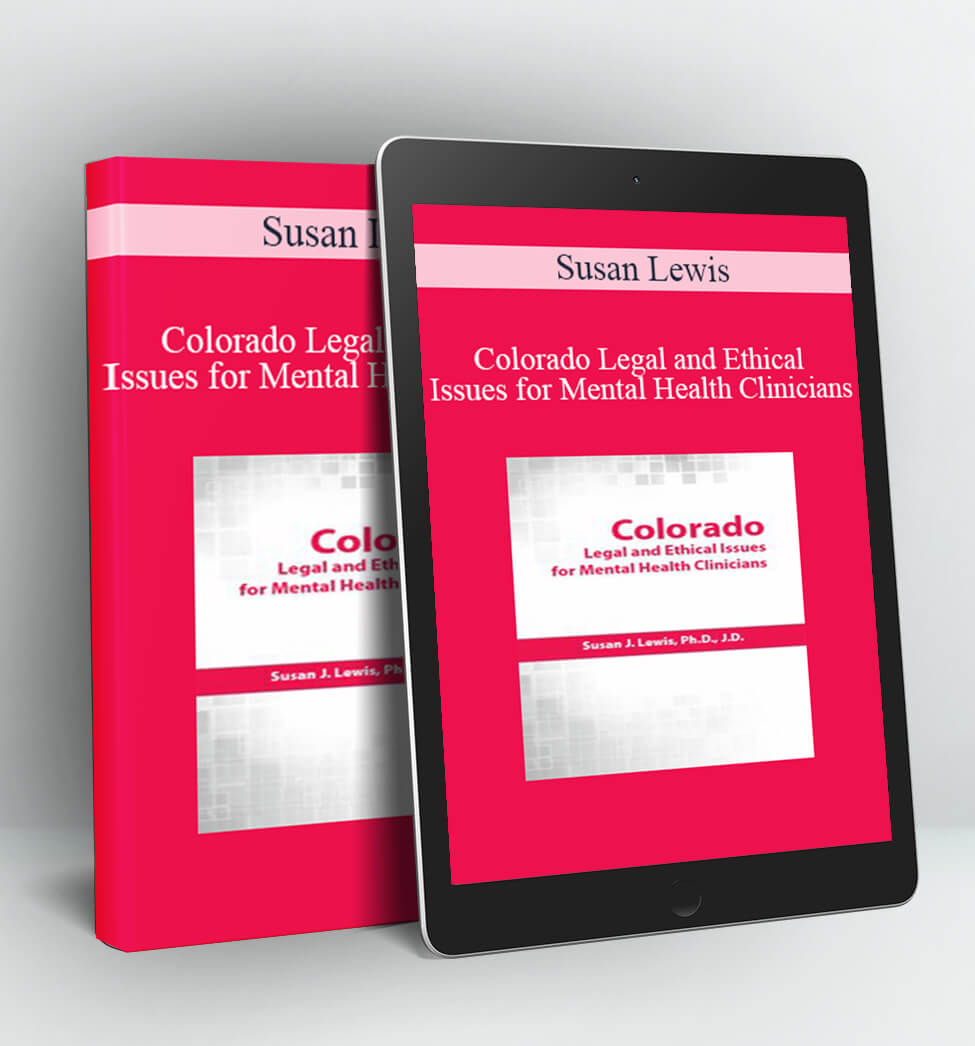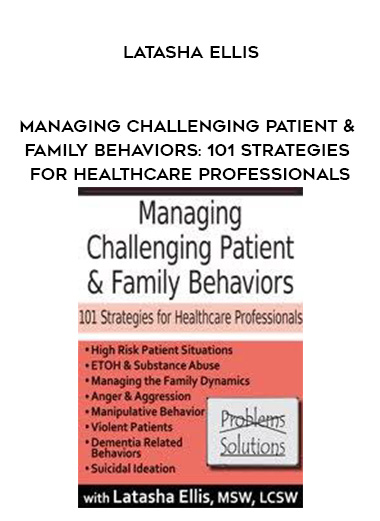CHALLENGING GERIATRIC BEHAVIORS – LATASHA ELLIS
- Difficult Communications
- Hallucinations
- Resistance to Care
- Aggressive Behavior
- Wandering
- Sundowning
- Food and Fluid Deficit/Malnutrition
- Family Involvement
Caregivers find many older adult behaviors to be challenging. Dementia and delirium are the most frequent contributing factors. Knowing what to expect and what to do related to specific behaviors can decrease frustration and increase satisfaction for everyone involved. A framework for rethinking challenging behaviors provides guidance for choosing management strategies.
Assessment and management techniques are based on theory and evidence. Through interactive discussion, clinical examples, and videos, this program focuses on day-to-day strategies to prevent and/or manage challenging geriatric behaviors.
OUTLINE
Identifying Baseline
- Objective Measurements
- Risk Factors for Escalation of Challenging Behaviors
- Influence of Gender, Cultural and Societal Factors
- Environmental and Interactional Considerations
- Lifelong Patterns and Preferences
Differentiating Among Dementia, Delirium, and Depression
- Diagnostic Criteria
- Signs/Symptoms
- Management
Alzheimer’s Disease: Assessment and Management
- Various Types of Dementia
- Progression and Stages: Retrogenesis
- Pharmacological Treatment Options
- Problems Commonly Associated with Alzheimer’s Disease: Difficult Communication, Hallucinations, Resistance/Aggression, Wandering, Sundowning, Malnutrition
- Interventions to Provide a Positive Experience
Difficult Communications and Hallucinations
- Contributing Factors
- Verbal and Non-verbal Techniques
- Therapeutic Use of Self
- Reorientation, Reminiscence
Validation
- Problem Solving
- Entering Their Reality
Resistance to Care
- Routine Hygiene Needs
- Reasons for Resistance
- Successful Techniques
Physically Aggressive Behaviors
- Reverse Developmental Behavior
- Behaviors as a Way to Communicate
- Identify the Problem/Trigger
- Environmental and Interactional Factors
- Causes of Escalation
Wandering and Sundowning
- Contributing Factors
- Assessment
- Exercise and Activity
- Environmental Management
- Interactional Management
Food and Fluid Deficit/Malnutrition
- Reasons Why They May Not Eat
- Ways to Promote Nutritional Intake
- Tips for Persons Who Need Feeding Assistance
- The Eating Environment
- End of Life
The Family Caregiver as Part of the Team
- Family Dynamics: Role Change
- Emotions Expressed During Caregiving: Positive and Negative
- Positive Communication Among Staff, Family, and Older Adult
- Assisting the Caregiver to Meet the Needs of the Care Recipient
- Helpful Resources
- Ways to Help Reduce Stress for the Caregiver
OBJECTIVES
- Apply assessment techniques to establish baseline behaviors in older adults.
- Discuss factors that contribute to challenging geriatric behaviors and relate them to prevention.
- Differentiate among delirium, dementia and depression in the elderly.
- Explain the progression of Alzheimer’s disease and related treatment options.
- Select appropriate environmental, interactional, behavioral, and/or physical/pharmacological interventions to prevent and/or manage challenging geriatric behaviors.
- Differentiate between effective and ineffective strategies to manage difficult communications, hallucinations, resistance and aggressive behavior, wandering, sundowning, and food and fluid deficit/malnutrition.
- Identify resources that provide information or services for caregivers.
Tag: Challenging Geriatric Behaviors – Latasha Ellis Review. Challenging Geriatric Behaviors – Latasha Ellis download. Challenging Geriatric Behaviors – Latasha Ellis discount.







